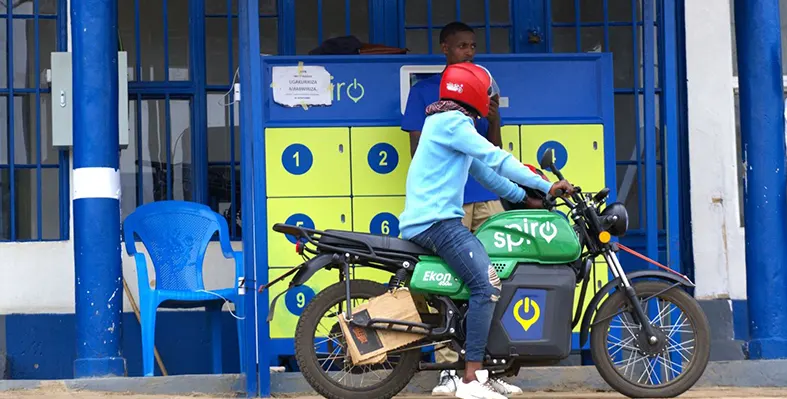
Kaishan Group partners with KenGen to develop a 165 MW geothermal plant powering Kenya’s green ammonia production. (Image source: Kaishan Group)
Kaishan Group has entered into a landmark partnership with Kenya Electricity Generating Company (KenGen) to advance the country’s renewable energy capacity through a 165 MW geothermal power project
The agreement marks a major step toward Kenya’s ambition to lead Africa in clean energy and green industrial production.
On October 27, a Steam Supply Agreement was signed at the Ministry of Energy of the Republic of Kenya by Tang Yan, managing director of Kaishan Group Co., Ltd., and Eng. Peter Njenga, general manager and CEO of KenGen. The signing ceremony was witnessed by Opiyo Wandayi, EGH, minister of energy of the Republic of Kenya.
Under the terms of the agreement, KenGen will utilise its existing geothermal wells to supply steam sufficient to produce 165.4 MW of electricity to Kaishan Terra Green Ammonia Limited (Kenya), a wholly-owned subsidiary of Kaishan. The company will build a geothermal power plant to generate electricity that will be used to produce 100,000 tons per year of green ammonia and green fertiliser.
The US$800mn project will yield 200,000 tons of green ammonia, 180,000 tons of urea, and 300,000 tons of calcium ammonium nitrate annually, all produced using green ammonia as the raw material. Once operational, the facility is expected to generate annual revenue of US$220–250mn, according to company announcements.
“This is another significant milestone for our group in its transformation and upgrading process, following the successful construction of the SMGP geothermal power plant (annual revenue of US$120–150mn),” Kaishan Group stated. “The global energy transition has entered a green energy era centered on hydrogen. Previously, our group identified ‘a globally important participant in the development and operation of green hydrogen and ammonia’ as one of our three major visions. It is anticipated that once the Kenya green ammonia project is completed and put into operation, our group will also become a leading force in the development and operation of green hydrogen and ammonia.”
The company highlighted that while many projects rely on solar and wind energy to produce hydrogen and green ammonia, few have been successfully launched due to the intermittent nature of solar and wind power and the high cost of energy storage. In contrast, geothermal energy provides stable, continuous baseload electricity, eliminating the need for storage facilities.
Kaishan noted, “Once the technology for producing green ammonia through the combination of geothermal power with wind and solar power is validated, Kaishan's innovative technology will open another important channel for global hydrogen energy development and is expected to pave a bright future for Kaishan Group's transformation into a great new energy company.”
Before the signing ceremony, Minister J. Opiyo Wandayi met with representatives from both Kaishan Group and KenGen to discuss the project’s strategic significance for Kenya’s renewable energy and industrial sectors.












